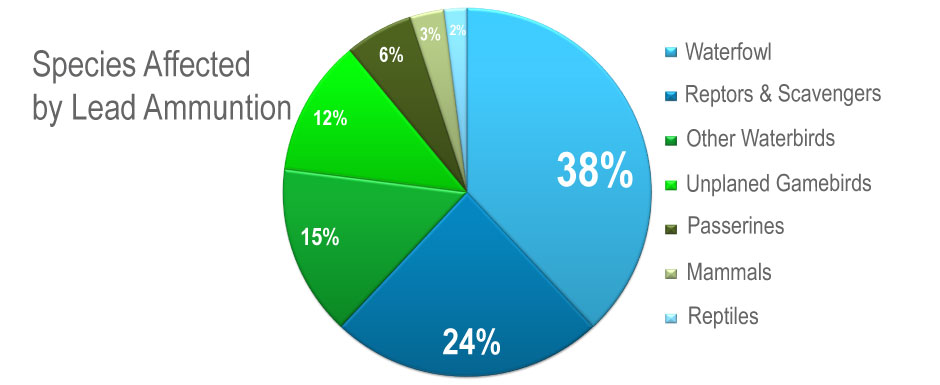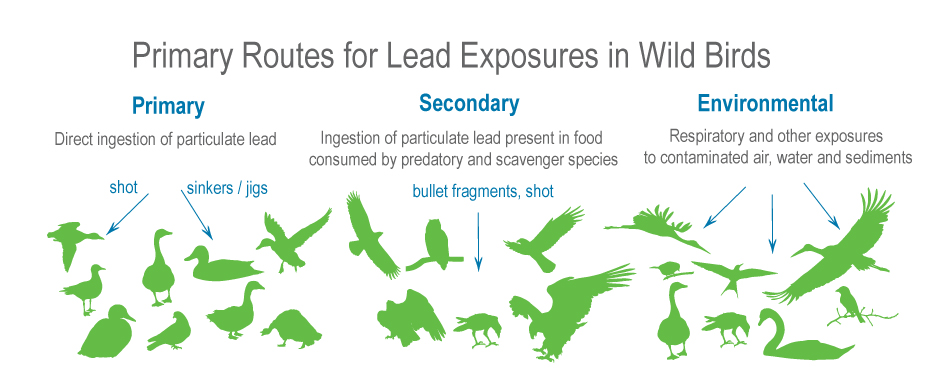Lead shot is a universally recognized poison and can present a serious threat to birds and wildlife.Sadly, lead poisoning is not a recent condition, with recordings of waterfowl poisonings as early as 1842.
Lead has been used in firearms since their creation and remains at the forefront of hunting today.
It continues to be a traditional favorite due to its many advantages. Lead shot traditionally has been inexpensive, but this is now changing. It is widely available and highly efficient. It is for these reasons that it has been the preferred choice of hunters world wide.However, a growing number of studies and reports have been conducted in recent years to examine the use of lead in shooting. Unfortunately, the results of these investigations have been difficult to ignore - causing growing concerns and generating measures across the world to manage and limit the use of lead.
Shooters have also been encouraged to try lead-free alternatives.
- But why consider switching from lead to steel shot?
- Why give up the traditionally used, well-known, high-quality shot type in favour of anything else?
These are reasonable and valid questions.
Sadly, lead shot is a universally recognized poison and can present a serious threat to birds and wildlife.
Tonnes of lead are deposited in wetlands as a result of shooting. Estimations suggest that frequently used hunting fields can contain up to 400,000 shots per acre, whilst popular outdoor shooting ranges may deposit more than 50 tons of lead shot per year.Waterfowl are exposed to lead poisoning due to their feeding methods. Without teeth, they commonly ingest large amounts of sediment and grit to help digestion in the gizzard. Lead pellets are often mistaken for food or grit because of their texture and size. They are consumed, allowing lead to enter the bloodstream, poisoning vital organs and the nervous system, sadly killing the bird.Sick and dying birds are rarely found in the open. They become increasingly reclusive, retreating to dense vegetation to rest and die. Upon death, their carcasses are quickly removed by predators and scavengers. Their loss is invisible. This makes measuring the impact of lead and the scale of their deaths, difficult.
Best estimates from the USA
Prior to the introduction of lead free ammunition around 1.6 - 2.4 million (2 to 3 per cent) of the United States' autumn wildfowl population are thought to have died from lead shot ingestion every year, with similar levels recorded in Europe every year. Sadly, birds such as bald eagles, and mammals, such as wolves, coyotes and other predator or scavenger species, feed on the shot or poisoned prey and ingest toxic levels of lead as a result. This causes fatal lead poisoning.Results from the many studies conducted show that lead poisoning is adversely affecting every strata of the food chain, with far-reaching implications for many forms of wildlife, including endangered species. The near extinction of the Condor - a bird native to California, for example, has been partly attributed to poisoning from lead ammunition.
Sadly, lead poisoning is not a recent condition, with recordings of waterfowl poisonings as early as 1842.
© Copyright 2013 Steel Shot Company Ltd. Web by IDEA INNOVATIONS


